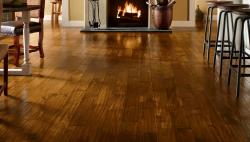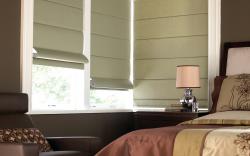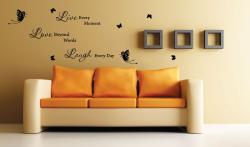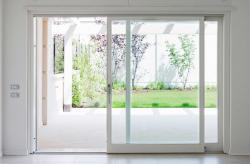- All Categories Display all categories
- Advertisement Ad Agencies, Marketing
- Travel Travel agents, Taxi Services, Flight, Bus Ticketing, Passport & Visa
- Hotels & Restaurants Hotels, Restaurants , Bars , Resorts, Dhaba
- Industry Company, Factory, Work shops, MNC
- Shopping Boutiques, Shop
- Real Estate PG ,Property - Shops, Malls , Flats, House, Rental
- Entertainment Cinema & Theaters, Amusement Parks, Clubs
- Education Schools , Colleges, Institutes, Coaching Centres , Universities, Books
- Medical Hospitals, Doctors, Chemists, Blood Bank, Medical Products
- Lifestyle Lifestyle, fashion, cosmetics, boutique, tailors, shoes
- Services Services, Home Services, Special Services
- Finance Financier, Banks, ATM, Loans, Insurance, Forex , Money Transfer
- Events Banquet Hall , Tent House , Auditorium, Caterers, DJ, Pandit
- Hardware Hardware Tools, Hardware Dealers,
- Listed Products
Wooden flooring
Product Code : DMH-102
Brand :
Store Number :
9717048385
(Click to call)
Category: Architecture and Interiors
Price : 70.00 60.00
Hardwood flooring
Solid hardwood floors are made of planks milled from a single piece of timber. With the increased use of concrete as a subfloor in some parts of the world, solid wood floors are common and popular. Solid wood floors have a thicker wear surface and can be sanded and finished more times than an engineered wood floor. It is not uncommon for homes in New England, Eastern Canada, and Europe which are several hundred years old to have the original solid wood floor still in use today.
Laminated Wooden flooring
The internationally accepted classification of laminate flooring durability is the Abrasion Criteria or ‘AC’ rating.
Laminate AC ratings measure wear resistance and were originally designated AC1 to AC5. The exceptionally high standards of laminates necessitated the creation of an even higher, AC6 resistance level for very heavy commercial use.
USAGE CLASSES AND APPLICATIONS:
- AC1 (Class 21): Very light foot traffic - Bedrooms
- AC2 (Class 22): Moderate foot traffic areas with low amounts of wear and tear such as dining rooms
- AC3 (Class 23/31): Moderate trafficked living rooms, conservatories, hallways, ...
- AC4 (Class 32): Any domestic and general trafficked commercial spaces such as offices, cafes, salons and boutiques or residential spaces. Learn more on AC4 laminate flooring.
- AC5 (Class 33): Busy areas requiring medium to heavy traffic resistance such as retail stores, showrooms, restaurants and schools. Learn more on AC5 laminate flooring.
- AC6 (Class 34): Very heavy intensive trafficked areas such as supermarkets, airport terminals and public-facing government buildings. Learn more on AC6 laminate flooring.
Engineered Wood Flooring
Engineered wood, also called composite wood, man-made wood, or manufactured board, includes a range of derivative wood products which are manufactured by binding or fixing the strands, particles, fibers, or veneers or boards of wood, together with adhesives, or other methods of fixation[1] to form composite materials.
Engineered wood products are used in a variety of applications, from home construction to commercial buildings to industrial products.




